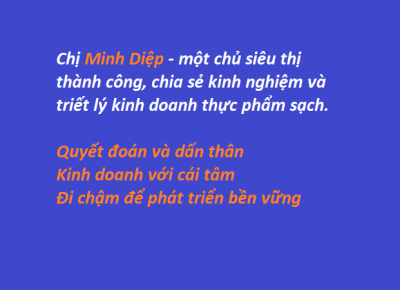Cognitive Science: Memory and Learning
Key Learning Principles
- Students learn best when they take control of and organize their new knowledge.
- Learning improves when new information is made meaningful for students.
- Repetition and simple mnemonic study techniques can be extremely effective.
- Teaching to individual learning styles has not been shown definitively to improve student learning. However, teaching in a variety of modes to appeal to all students in several ways has been shown to improve student learning.
- Testing encourages learning and can be used as a study tactic, not just a final assessment.
- Structuring long-range tasks into short-term chunks helps students learn continuously and avoid procrastination and last-minute cramming.
Research Fundamentals
Students take control: Strong memories depend on “top-down processing,” in which learners select and elaborate on what they perceive, actively shaping their learning as it takes place. (This is related to Daniela Kaufer’s point that learning is more effective when the student engages brain regions responsible for volition and executive function as well as for memory.) “Bottom-up processing” — passively allowing perceptions to occur and hoping to automatically construct a field of knowledge from them — is more commonly tried, but far less effective; it tends to result in weaker memories.
Make information meaningful: People remember information better when something is meaningful to them — for example, it is probably easier for you to remember your date of birth than it would be for you to remember a random string of six numbers. Teachers can take advantage of this phenomenon, known to psychologists as “elaborative encoding,” by connecting course content to students’ lives in any of a variety of ways.
Repetition and mnemonic study: Cognitive psychology research suggests that tried-and-true mnemonic techniques, such as the SQ3R Method and the PQ4R Method, take advantage of the way the mind and brain privilege memories that have been repeatedly encoded.
Learning styles: Many people can identify a preferred way of taking in information (through hearing, seeing, reading, movement, etc.), and these preferences are sometimes called “learning styles.” There is little research evidence supporting the idea that people have singular, fixed learning styles, and no clear evidence that students perform better on tests or assignments when instructional methods are tailored to their self-reported learning styles. In order to support robust learning, teachers should encourage all students to actively engage in the learning process in several ways and to develop a “style repertoire,” or the ability to learn from content presented in a wide variety of forms.
Testing as learning tool: Recent research indicates that moderately stressful exercises in memory retrieval, such as quizzes and tests, enhance learning for the future (in addition to being valuable assessment tools). Testing may therefore be seen as another study tool rather than simply an end goal.
Procrastination and cramming: Cognitive research confirms that people often overestimate how far out the future is and concentrate on short-term, rather than long-term, tasks. In a word, we procrastinate. In order to minimize procrastination, instructors should set firm deadlines for clearly defined stages of projects and assignments. Students tend to prefer external constraints that help them to spread their work out over the course of the semester. Research shows that it is possible to teach people how to set their own deadlines, but that external requirements tend to be more effective.
Applications to Teaching
The SQ3R Method as described by University of Arizona Prof. Ron Wright.
The PQ4R Method from Prof. Kihlstrom’s notes. It’s a long document, so do a search (ctrl-f or cmd-f) within the page for PQ4R.
Tools for Learning from Purdue University Prof. Rod Allrich
Further Reading
Please note that some links may require Library proxy access. Please see the Library’s page Connecting from Off Campus.
Graesser, Arthur, et al. “25 Learning Principles for Pedagogy and the Design of Learning Environments.”
Ariely, D. and Wertenbroch, K.“Procrastination, Deadlines, and Performance: Self-Control by Precommitment.” Psychological Science 13.3 (May 2002): 219-224.
Pascarella, E. T., Seifert, T. A. and Whitt, E. J. “Effective Instruction and College Student Persistence: Some New Evidence.” New Directions for Teaching and Learning 115 (Fall 2008): 55-70.
Pashler, H., et al. “Learning Styles: Concepts and Evidence.” Psychological Science in the Public Interest 9 (Dec. 2008): 105-119.
Roediger, H. L. and Karpicke, J. D. “The Power of Testing Memory: Basic Research and Implications for Educational Practice.” Perspectives on Psychological Science 1.3 (Sept. 2006): 181-210.
Source: https://gsi.berkeley.edu/gsi-guide-contents/learning-theory-research/memory/









